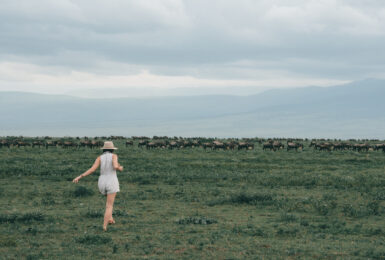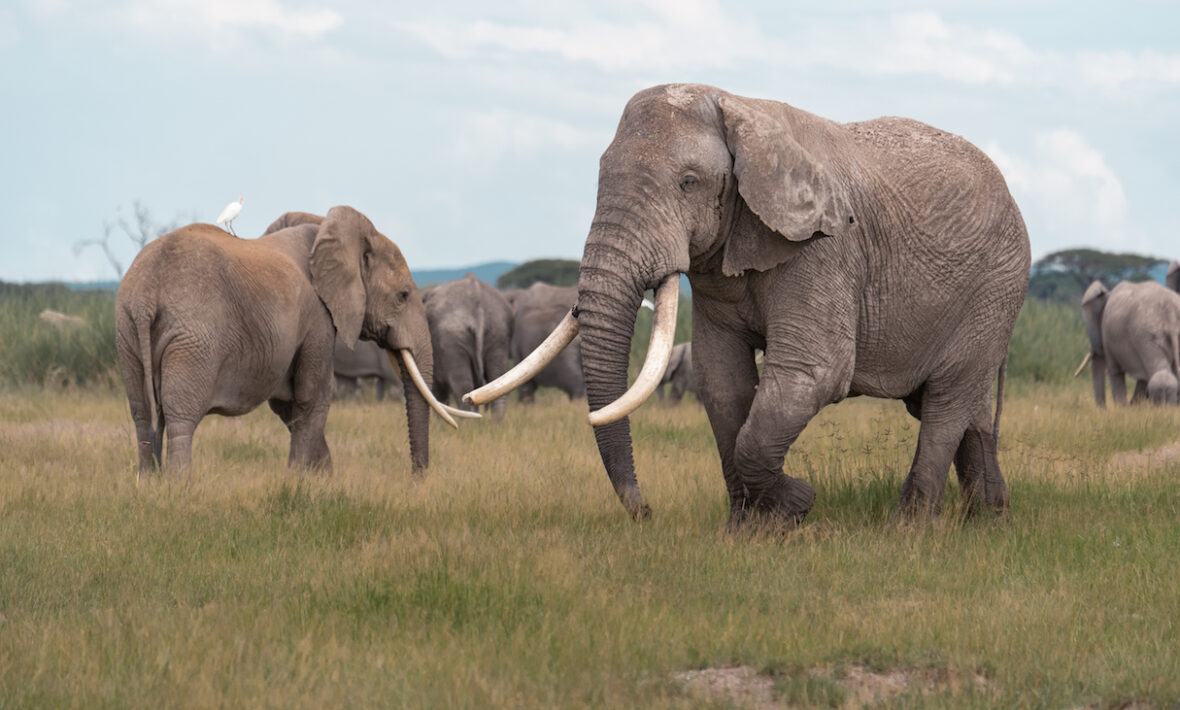
East Africa’s Great Migration is truly one of the greatest spectacles in the animal kingdom. Every year enormous numbers of animals move in a circular pattern known as the Great Migration. They traverse Ngorongoro, the Serengeti and the Masai Mara to find food, water and a safe place to give birth.
This massive movement covers about 3,000 km and can include over a million animals. The vast majority of these animals are wildebeest, followed by zebra, gazelle and other plains game. Because it’s dependent on the seasons changing and the arrival of the life-giving rain they chase, the exact timing of their movements varies. On my recent Kenya and Tanzania Safari with Contiki, I was on a mission to investigate the decline of East Africa’s Great Migration. Now, I’m sharing my learnings with you so we can all #MakeTravelMatter…
So, what’s changed?
Each year the movements of the migration become more unpredictable. Factors including climate change and human conflict both play major roles. Some studies show the number of wildebeest making this migration have declined by over 80% on certain migratory routes. Entire ecosystems are being affected as less animals are moving into some areas. It’s especially challenging for the predators, which rely on the wildebeest for food.
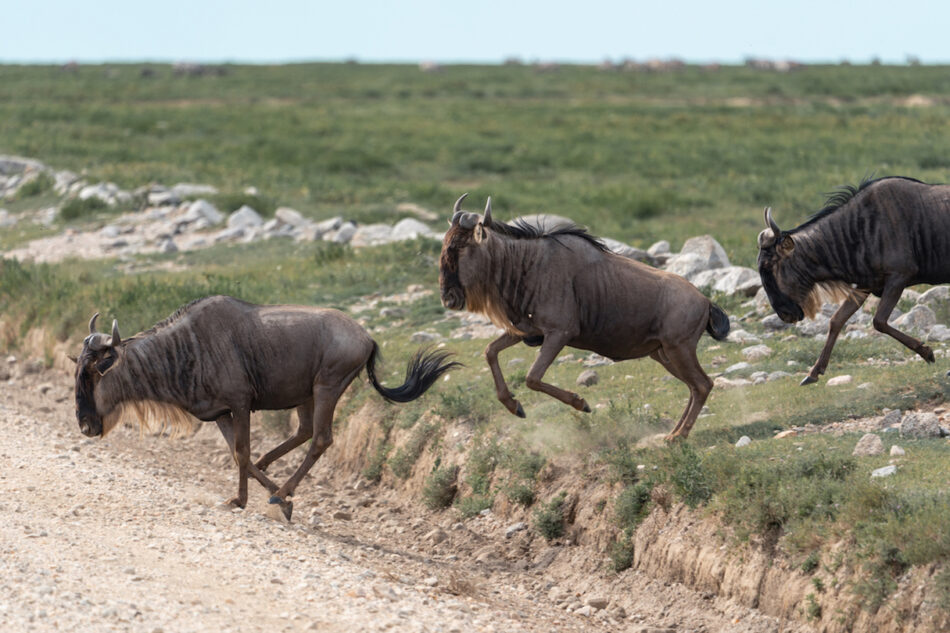
Image source:@heynadine
Climate change is causing unpredictable weather
Climate change is an unpredictable factor affecting these animals. During my time in East Africa, the one thing many locals shared with me was that the current weather patterns are changing. January/February is typically the dry season, yet everything was green and it rained almost every day.
Contrary to this year, East Africa experienced terrible droughts just a few years ago. Unfortunately, this caused huge amounts of animals in certain areas to die of thirst. The animals rely on rain, as it’s essential for food and water. Most people don’t know the rain also shapes their movements during their migration cycle. The growing unpredictability in the weather affects the movements, behaviours and the wildlife population numbers.
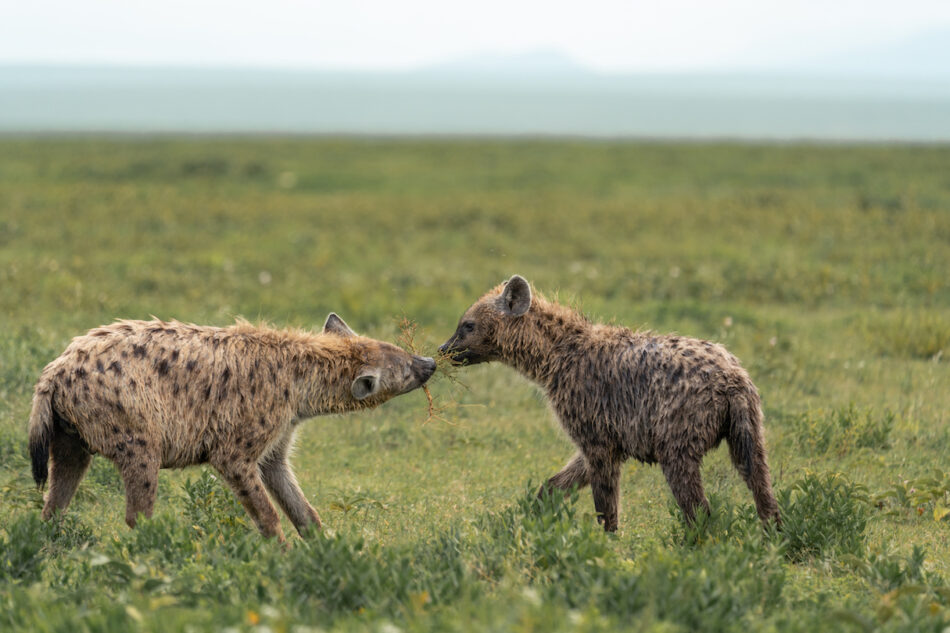
Image source:@heynadine
Human-wildlife conflict is a huge factor, too
The effect of human settlements
As human settlements increase and spread out, we’re pushing animals out of their natural habitats. This continuously happens all around the world. It’s a big factor in East Africa with migration routes changing or, in some places, being completely cut off. Expanding farms and the construction of roads, fences and structures make it increasingly difficult for wildlife to navigate these areas, which they’re accustomed to reigning over. Therefore, these obstacles confuse the animals and can cause them to turn back, preventing them from completing their instinctual journey.
The impact of new routes and roads
Currently, there are a number of roads crossing the natural migratory routes, interfering with the path of the Great Migration. There are also more proposals to build large, asphalt highways to connect the country together. This will also directly interrupt the path of the animals. As the country further develops and more cities, roads and structures are built, the problem will continue to grow and it’s seemingly up to local communities and wildlife supporters to find solutions.
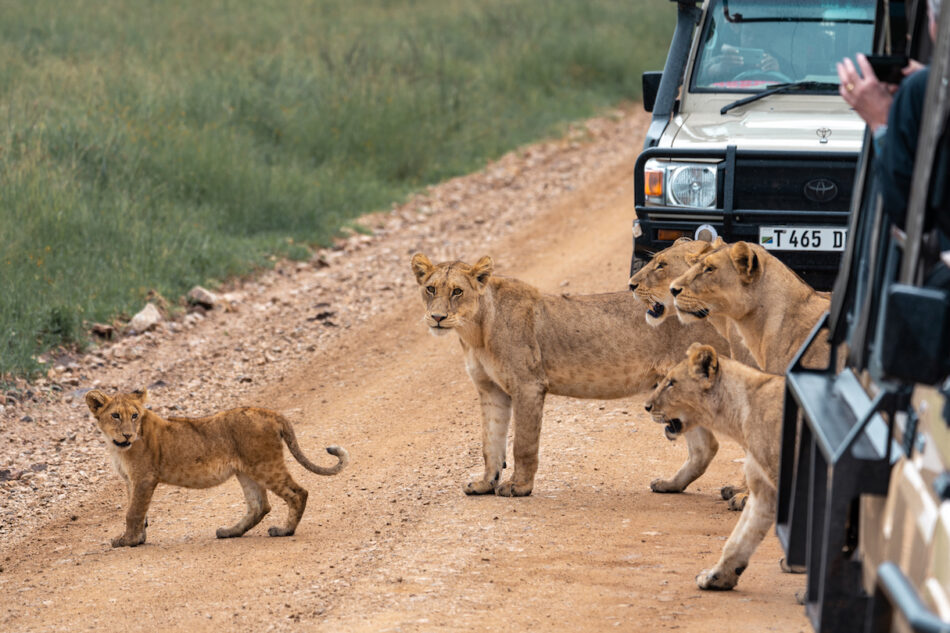
Image source:@heynadine
So, what needs to be done?
New sustainable farming methods
When people’s livelihoods are tied to the problems and solutions surrounding the issue, it’s hard to find a perfect answer. From the outside, it’s easy to criticize the farmer who puts up fences ultimately interfering with wildlife. But, we don’t know if it’s the only option they can afford to protect their crops. As a farmer, their crops are what allow them to provide for their family. Finding different ways for sustainable farming and new economical opportunities will help create more jobs which don’t conflict with wildlife.
Investing in new fuel sources
Firewood is still a significant part of the country’s fuel source, which leads to deforestation, soil erosion and habitat loss. Therefore, investing in new fuel sources will not only help protect these habitats, but also reduce pollution and contribution to climate change. Small scale actions can have a big effect, but we also need the help of organizations and the government.
Focus on habitat protection
In Kenya, the government has set aside about 8% of its land to national parks and animal reserves. This has helped protect some of the habitats and pathways for these animals, but it’s not enough. Purchasing more land and dedicating it to parks, reserves and protecting the natural migratory routes would be a big step forward to ensuring that the Great Migration does not disappear altogether.
Educate ourselves and share the issues to our communities back home
As a traveller, the best thing we can all do is highlight the issue. By visiting these parks and spending your money, you’re helping employ more park rangers who help protect the wildlife. It also gives governments and companies an incentive. By travellers showing a vested interest, they see there’s more financial benefit in protecting and admiring these animals than in developing the land. Plus, sharing what you’ve learnt with people back home will help bring greater awareness to the issue.







